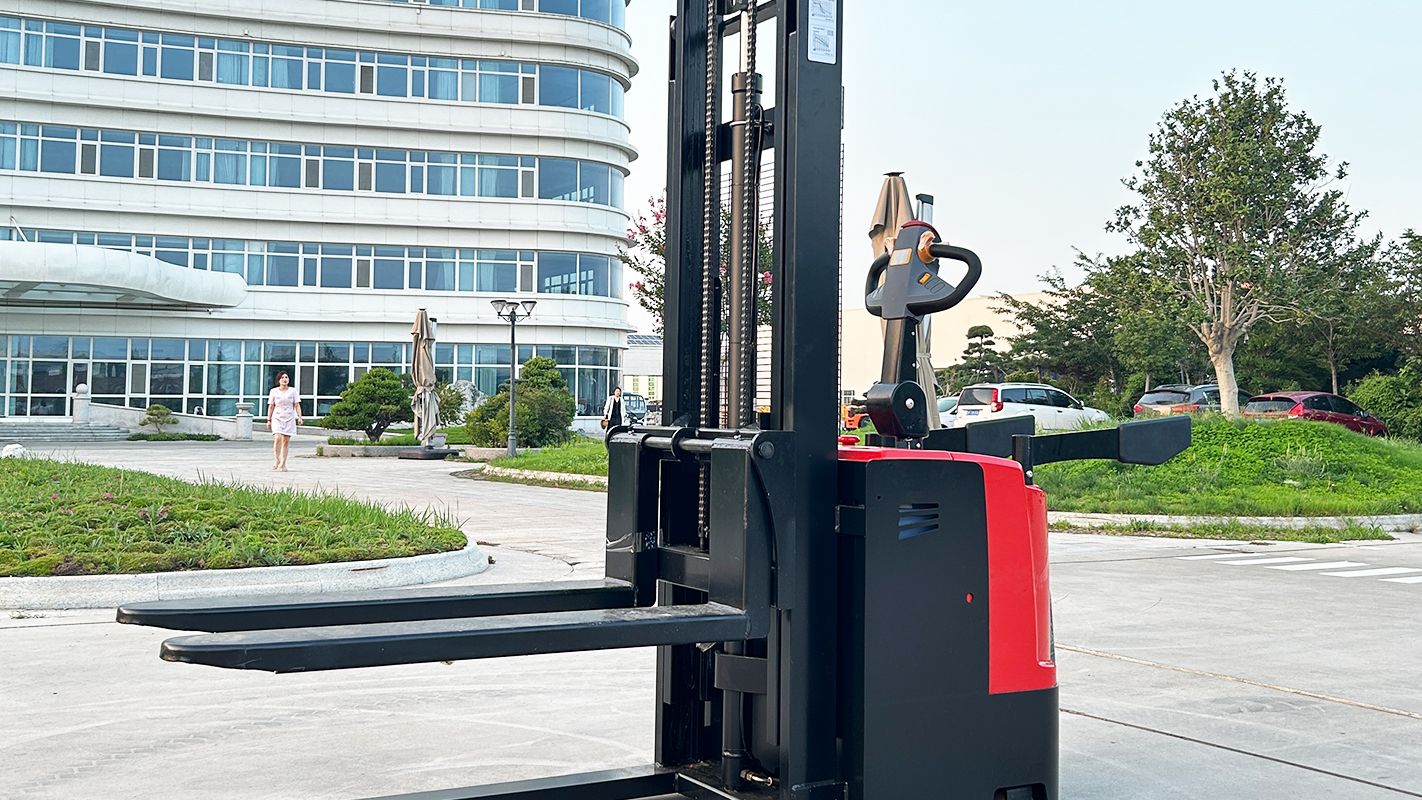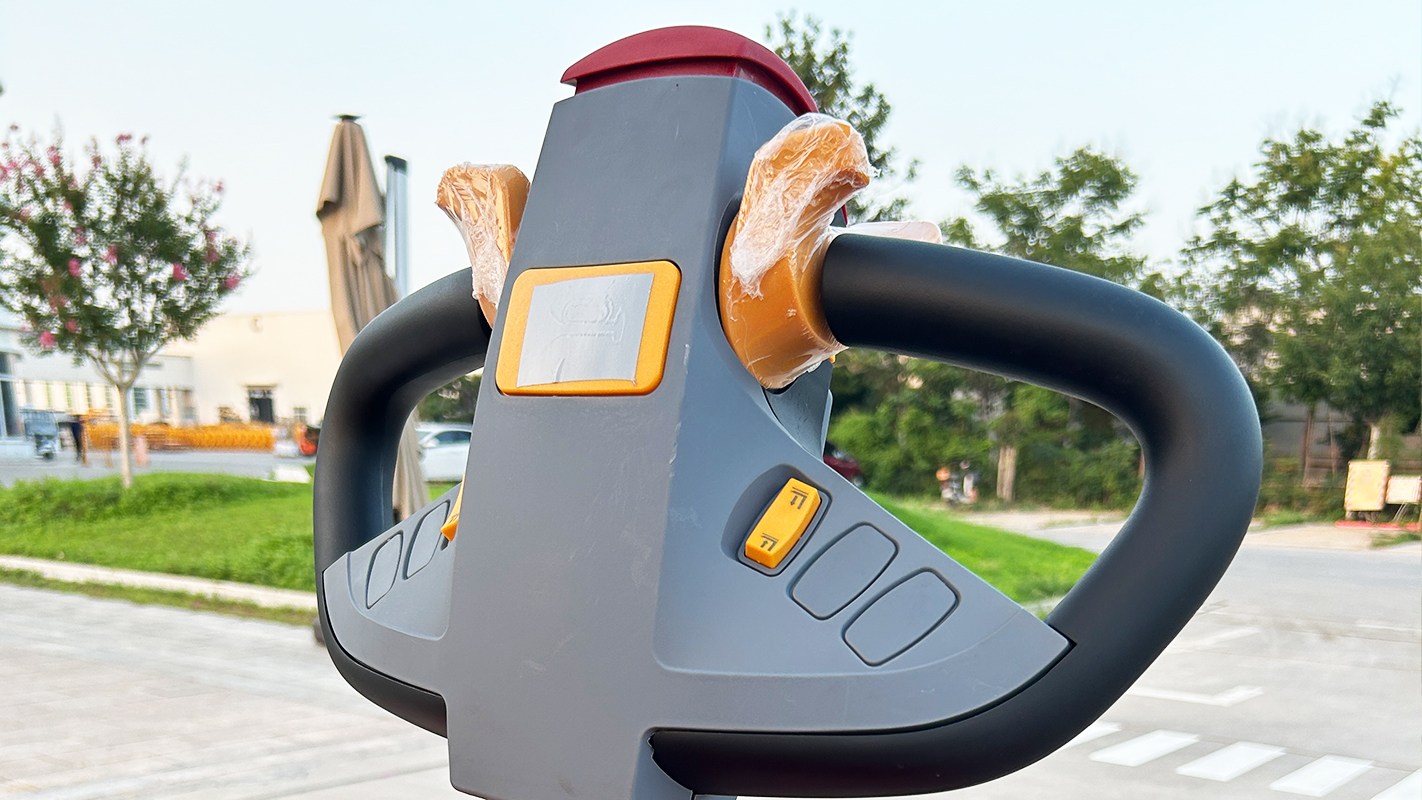I. Introduction
In the realm of modern material handling, the stacker machine stands as a linchpin, facilitating the efficient vertical and horizontal movement of palletized goods. These machines are pivotal in optimizing warehouse space, enhancing productivity, and ensuring smooth logistical operations. From bustling distribution centers to intricate manufacturing floors, stackers play a crucial role in streamlining workflows. This article aims to demystify the stacker machine, providing a comprehensive overview of its functionalities, types, applications, and the technological advancements that are shaping its future. We will delve into the core of these machines, exploring their significance in today's dynamic supply chain landscape.
II. Fundamental Mechanics and Operations
The operation of a stacker machine hinges on a sophisticated interplay of mechanical and hydraulic systems, designed to facilitate the seamless movement of palletized loads. At its core, a stacker machine utilizes a robust mast, providing the essential vertical lifting capability, enabling the stacking of goods at various heights. Forks, precisely engineered to handle and secure the load, interface directly with the pallets, ensuring stability during transport. The drive and steering mechanisms, whether manual or electric, govern the horizontal movement, allowing for efficient navigation within the workspace. Hydraulic cylinders, powered by either manual force or electric motors, control the lifting and lowering of the mast, providing the necessary precision for stacking and retrieval. This dual functionality, encompassing both vertical lifting and horizontal travel, underscores the stacker's versatility in material handling.
III. Types and Classifications of Stacker Machines
Manual Stacker Machines: These machines, powered by human effort, are ideal for smaller warehouses and light-duty applications. Their simplicity and cost-effectiveness make them suitable for occasional use, though they are limited by the physical exertion required.
Electric Stacker Machines: Powered by rechargeable batteries, electric stackers offer enhanced efficiency and ease of use.
Walkie Stackers: Operated by a walking operator, these are highly maneuverable in tight spaces, perfect for short-distance transport.
Ride-on Stackers: Equipped with a platform for the operator, these increase efficiency for longer distances and heavier loads.
Reach Stackers: These feature a reach mechanism allowing for extended fork placement, enabling deeper pallet positioning in racking systems.
Narrow Aisle Stackers: Designed for operation in very narrow aisles, these maximize storage density in space-constrained environments.
Automated Stacker Machines: These advanced systems, integrated with warehouse management systems (WMS), operate autonomously, significantly reducing labor costs and enhancing accuracy. They are integral to high-volume, automated warehouses, where precision and speed are paramount.
IV. Industrial Applications and Use Cases
Stacker machines permeate a broad spectrum of industries, optimizing material handling processes in diverse settings. In warehousing and distribution centers, they are indispensable for efficient storage and retrieval of goods, streamlining order fulfillment. Manufacturing and production facilities leverage stackers to move raw materials and finished products, enhancing workflow efficiency. Retail and wholesale environments rely on stackers for effective stock management, ensuring timely restocking and efficient inventory control. Cold storage facilities benefit from their ability to operate in low-temperature conditions, preserving the integrity of perishable goods. Libraries and archive storage use stackers to maximize space utilization and organize materials, facilitating easy retrieval. Specific examples include the use of reach stackers in high-density storage systems and automated stackers in large-scale e-commerce fulfillment centers.
IV. Advantages and Disadvantages of Using Stacker Machines
Advantages: Stacker machines excel in optimizing vertical storage space, significantly increasing warehouse capacity. They enhance operational efficiency by reducing manual handling, leading to faster throughput. Additionally, they contribute to reduced labor costs and improved workplace safety by minimizing the risk of injuries associated with manual lifting.
Disadvantages: The initial investment in stacker machines can be substantial, requiring careful consideration of budget constraints. Regular maintenance is essential to ensure optimal performance and prevent breakdowns. Operator training is crucial to mitigate safety risks and prevent accidents. Furthermore, certain models may have limitations regarding load capacity, lift height, and operating environments, necessitating careful selection based on specific needs.
V. Technological Advancements and Innovations
The landscape of stacker machine technology is continually evolving, driven by advancements in electric power systems, sensor technology, and automation. Electric stackers benefit from improved battery life and faster charging times, enhancing operational uptime. The integration of sensor technology enhances safety and precision, enabling real-time monitoring of load stability and obstacle detection. Automation, facilitated by warehouse management system integration, allows for seamless workflow optimization and reduced human error. Ergonomic design improvements, such as adjustable controls and intuitive interfaces, contribute to operator comfort and productivity. The role of the IoT allows for real time data collection and analysis.
VI. Safety Protocols and Best Practices
Safety is paramount in stacker machine operation, necessitating rigorous operator training and certification. Adherence to load capacity and stability guidelines is crucial to prevent accidents and ensure safe handling of goods. Regular maintenance and inspection procedures are essential for maintaining machine integrity and preventing malfunctions. Safety features, such as sensors, alarms, and emergency stop mechanisms, provide additional layers of protection, minimizing the risk of collisions and injuries.
VIII. Purchasing and Maintenance Considerations
When selecting a stacker machine, factors such as load capacity, lift height, operating environment, and budget must be carefully evaluated. Regular maintenance and servicing are essential for prolonging the machine's lifespan and ensuring safe operation. This includes routine inspections, lubrication, and replacement of worn parts. Cost-effectiveness and ROI are also crucial considerations, ensuring that the investment aligns with long-term operational goals.
IX. Future Trends and Developments
The future of stacker machine technology is inextricably linked to the growing role of robotics and AI. Developments in energy efficiency and sustainability will also shape the industry, with a focus on electric-powered machines and eco-friendly materials. The integration of artificial intelligence and machine learning will further enhance the capabilities of stacker machines, enabling predictive maintenance and adaptive control systems. The evolution of stacker machines in smart warehouses will lead to more efficient and automated operations.
X. Conclusion
Stacker machines are indispensable assets in modern material handling, offering significant advantages in terms of space optimization, efficiency, and safety. Their evolution, driven by technological advancements, continues to transform warehouse and industrial operations. By understanding their types, applications, and safety considerations, businesses can effectively leverage stacker machines to streamline their workflows and enhance productivity, ensuring a competitive edge in today's dynamic market.
Post time:Apr.01.2025



